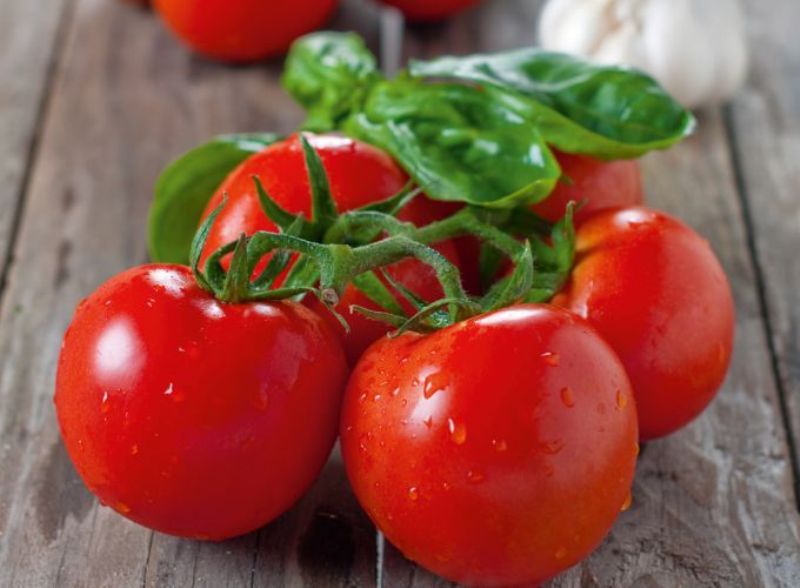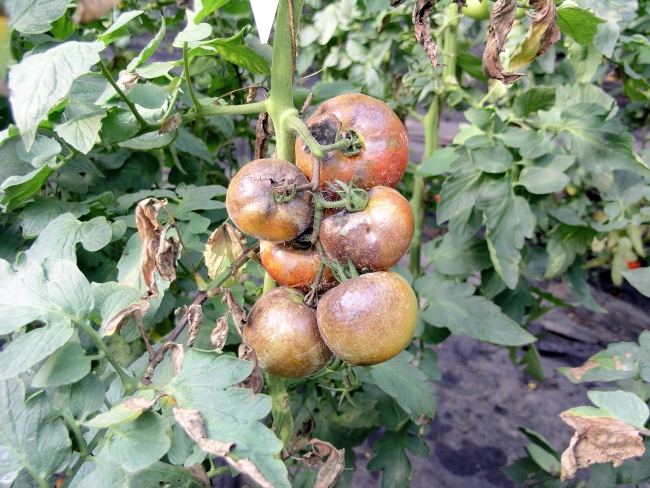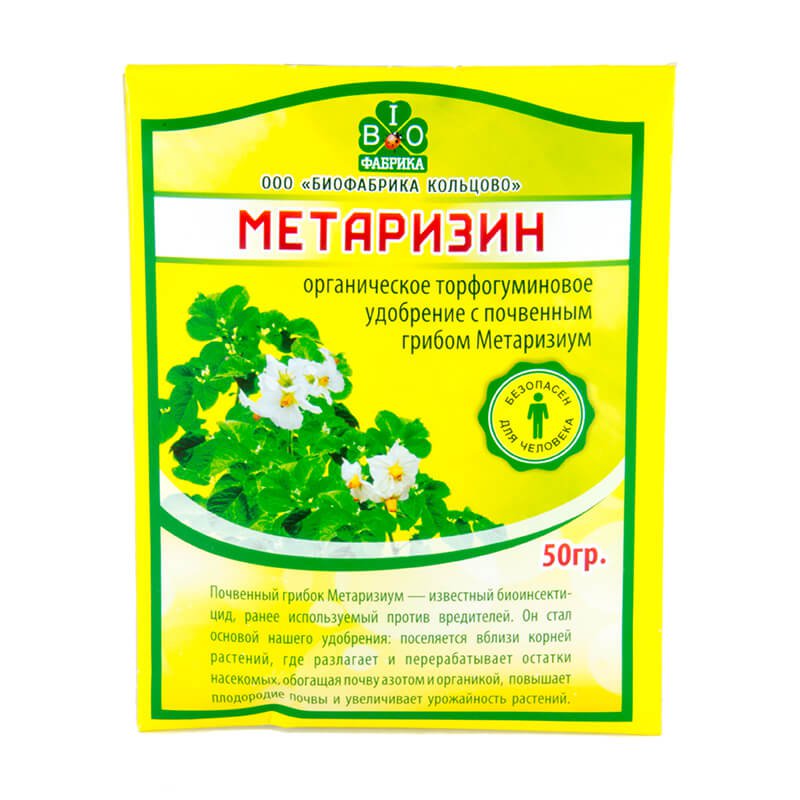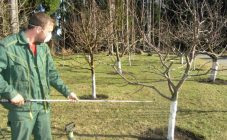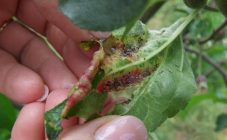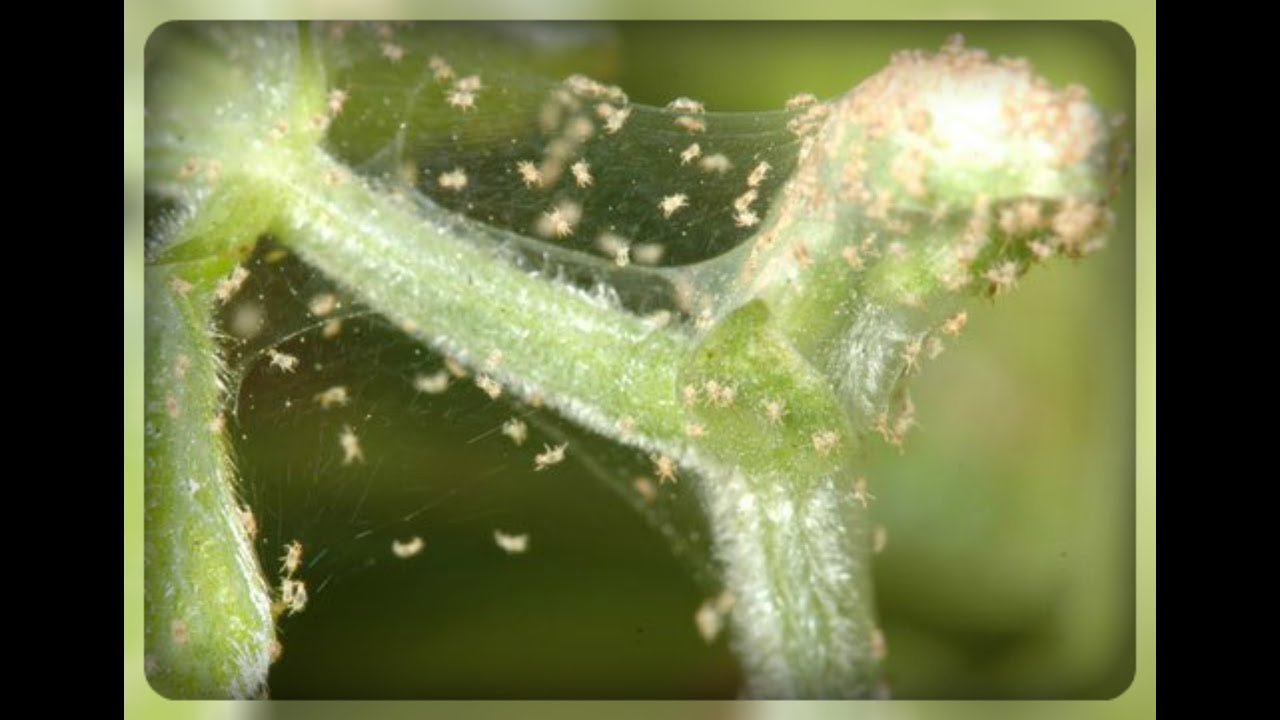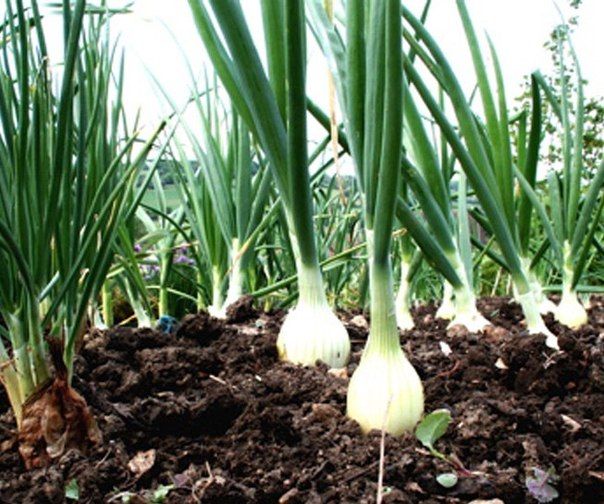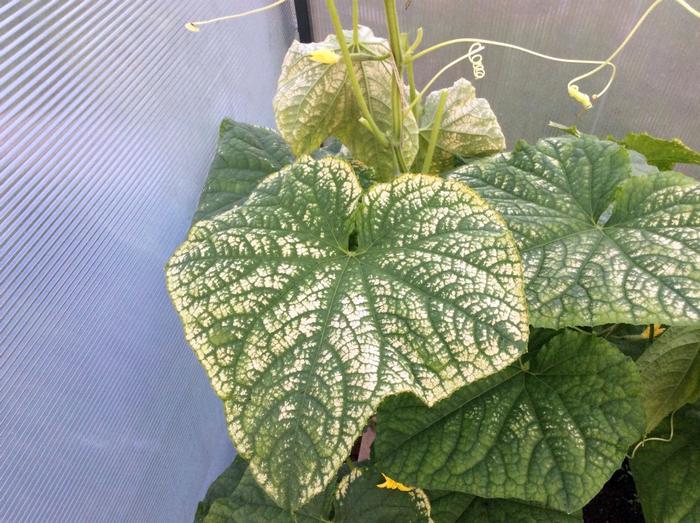Content:
Tomato is one of the most popular vegetable crops among summer residents. It is generally accepted to consider a tomato a vegetable, but from a botanical point of view, according to most parameters, a tomato is more like a fruit, since its fruits, like strawberries and other berries, germinate from a shrub, and at the end of the season they give seeds of berries to the ground. The US Supreme Court put an end to this issue back in 1893, which ruled that a tomato is really a vegetable, not a fruit.
Who sucks the stem of a tomato? What pests bite off the tops of tomatoes, and how to deal with them? The answers to these and many other questions are presented to the attention of gardeners in this article.
Basic information about culture
This culture has a highly developed root system, which helps the plant to receive the required amount of nutrients and moisture. Roots are formed quickly enough, while going underground to a depth of up to a meter or more. The tomato is a self-pollinating crop with female and male organs in the flower.
Tomato fruits are juicy berries that can be of various shapes, weights and colors. The color of a tomato can be either red, pale pink, or green, or light yellow.
It is definitely worth noting the taste, nutritional, and dietary qualities of this culture. The tomato has a sweetish taste, as it contains glucose and fructose. In addition, it contains a lot of nutrients and trace elements, which helps to lower blood cholesterol, increase immunity, and hemoglobin.
Types of tomatoes
Varieties are divided mainly according to the following characteristics:
- by ripening time: late, early, and also mid-season;
- depending on the method of consumption: canteens, for the production of juice, for preservation, in accordance with this criterion, this list can be continued for a very long time;
- by type of growth: tall (indeterminate) and short (determinant).
Usually tomatoes are grown in open ground, hotbeds, greenhouses, under various film shelters, but if desired, they can be grown even at home, on loggias or balconies.
There are many factors that can significantly reduce the yield. Among them are various plant diseases, viruses and much more, but first of all it is worth taking care of the pest control of tomatoes, as they cause significant harm, and it is sometimes very difficult to get rid of them.
What are the signs of a pest
The first sign that pests have started on the plants is the presence of external damage on the tomatoes. In the case of underground pests, tomato disease may appear a little later due to the lethargy of the bush and the arrest of its growth.
It is usually not difficult to identify the pest by external signs. Each of them has characteristic differences, according to which an experienced summer resident will immediately determine their appearance. A beginner can look at pictures of pests on the Internet and compare them with the animals that have appeared on plants, thus determining the type of pest and ways to combat it.
The main pests of tomatoes in Russia
To have a more detailed idea of what tomato pests are capable of, as well as their types, it is worth dividing them into two conditional groups:
- Those pests that affect the underground (root) part of the plant. These include the bear, the nematode, the wireworm, and the larvae of the beetle, better known as the May beetle.
- Pests affecting the aerial part of the plant. These can be spider mites, whiteflies, aphids, as well as the well-known Colorado potato beetle.
First, consider the representatives of underground pests:
- Wireworm. The full name is wireworm. It is an orange beetle larva. Causes significant damage to plant roots by eating them.
- May beetle larvae - thick white larvae, similar to worms. They have three pairs of legs. They stand out for their gluttony. Just like the wireworm, the beetle feeds on the roots of the plant.
- Medvedka- a relative of the locust. It is brown in color and reaches a length of 10 centimeters. Also damages tomato roots.
The following types are distinguished from aboveground pests:
- Aphid - a very small insect that feeds on the leaves and flowers of the plant. Most often, aphids, like ants, form entire colonies. Has a characteristic dark green color.
- Whitefly, like aphids, it differs in miniature size (1-1.5 mm) and feeds on juice from the leaves of the plant. Tomato leaves suffer from them, on which a fungus forms in the form of a black bloom, after which the plant dries up and dies. This pest is more often a greenhouse than a ground pest.
- Spider mite, like most other types of aerial pests, it is a very small insect. He loves dry air, so he most often appears in poorly ventilated greenhouses, as well as in poorly watered areas. Enveloping the leaves with his web, he sucks out the juice from them, as a result of which they dry up.
- Colorado beetle. This species is the most common pest, as it is able to adapt to various drugs and climatic conditions. Very quickly eats the foliage of plants, laying on it its larvae, which are much more voracious than the beetles themselves.
If there are ants on the plot in a greenhouse with tomatoes, how to get rid of them? Many do not attach any importance to these insects, believing that they do not bring any harm to plants. Ants even bring some benefit, loosening the ridges, enriching the earth with nitrogen and humus, but the harm they can cause to the root system of tomatoes comes to the fore. Therefore, first of all, you need to ask yourself how you can get ants out of a greenhouse with tomatoes.
Pest Control Products
What can be done if someone gnaws tomatoes or otherwise spoils the future harvest of the gardener? In most cases, pests can be removed very easily, however, you should not delay with this.
How to deal with wireworm in tomatoes
It is necessary to loosen the soil as soon as possible, and also remove the pests by hand. As you know, birds love to eat larvae and worms, so attracting birds to their site will be at hand. If the above methods do not help, it is worth using biological products. "Boverin", "Entocid", and also "Metarizin" will work best against beetle and wireworm.
How can you save tomatoes from a bear?
It is best to scare away this insect with strong odors. In addition, it is necessary to mulch the soil.An effective method is the use of the following biological products: "Aktofita", "Boverin", "Entocida".
Scoop on tomatoes
The methods of dealing with it are extremely simple. Thoroughly loosen the soil and collect the tracks by hand. After that, you can spray the seedlings with "Aktofit" and "Lepidocide".
Spider mite control
It is necessary to water the plants frequently, as the mite likes dry air. You also need to kill weeds in time and loosen the soil. Of the drugs in this case, Aktarofit and Bitoxibacillin are most suitable.
Colorado beetle
It is necessary to loosen the soil and start collecting it manually. Special attention should be paid to Colorado larvae, since they are much voracious. Purely treatment with drugs in this case is not entirely effective, since this species can adapt to them, so you need to act only in combination.
Ants
If you suddenly got ants in a greenhouse with tomatoes, what should you do? There are many ways to control these insects. The first, and safest, bait is a bowl of sugar. When the ants crawl onto the treat, you can simply throw it out of the greenhouse, thereby getting rid of them. The second way is chemical. It involves treating the soil with chemicals. This option is more effective, but dangerous in that the poison can be absorbed into the ground and go to the harvest. There are also many popular methods, such as planting garlic between bushes, watering with various decoctions, etc.
Preventing the return of pests
It is enough just to follow the following recommendations:
- observe the required temperature in greenhouses, as well as humidity;
- apply fertilizers according to the norms;
- to enrich the soil, preferably with organic fertilizers;
- loosen the soil in time;
- kill weeds in time;
- use joint landing.
In addition, there are many insects and animals that protect plants from pests, and very significantly. For example, the well-known ladybug eats up aphids without damaging the plants in any way. As you know, frogs love to feast on insects, thereby protecting tomatoes. It is also worth noting such representatives of the fauna as hedgehogs, lizards, starlings. By planting several such "helpers" in the greenhouse, you can significantly protect your crop.
In conclusion, it is worth adding that after fertilizing the soil, planting seedlings, one should not forget about the pests that can cross out all the gardener's plans. If, nevertheless, pests are bred on the tomatoes, do not hesitate. The sooner you start fighting them, the easier it will be to get rid of them. The initial task in pest control is to prevent their reproduction, as they do this very quickly.
